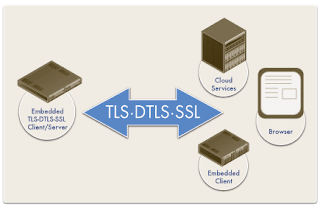Automating F5 configuration with Ansible
When
we have lots of devices such as lots of firewalls, lots of load
balancers or lots of switches, it’s really interesting and
necessary the process automation. Automation and orchestration are
increasingly used in large deployments and cloud infrastructures
where there are lots of network devices around the world. For
instance, we can automate initial configurations on BIG-IP such as
DNS, NTP, etc. We can also automate deployments of HTTP and HTTPS
applications or we can even manage Virtual Servers, Pools or
Monitors.
 |
| Automating with Ansible |
Ansible
is one of the most known automation and orchestration tool. It’s an
open-source software provisioning, configuration management, and
application-deployment tool. We
can install Ansible on many Unix-like systems such as Ubuntu and
Debian. It’s
really easy the installation process. It only requires Python. In
addition, there
are modules to automate lots of devices. For example, there are
modules for FortiOS devices, F5
devices,
Radware devices, etc.
 |
| Ansible-doc |
I’ve
recorded a video where I’ve
used
the playbook
from F5 Networks
located at their git repository. Firstly,
I’ve created the necessary directories and files. Secondly, I’ve
set the connection variables and I’ve added a pool, two pool
members and a virtual server to
the playbook YAML file.
Finally, I’ve run the playbook and we can see the Virtual Server,
pool and associate pool members on the F5 GUI. You will watch the
configuration and execution are easy although it’s important to take
into account the indentation and spaces.
Regards
my friends! Are
you ready to automate processes?










Commentaires
Enregistrer un commentaire